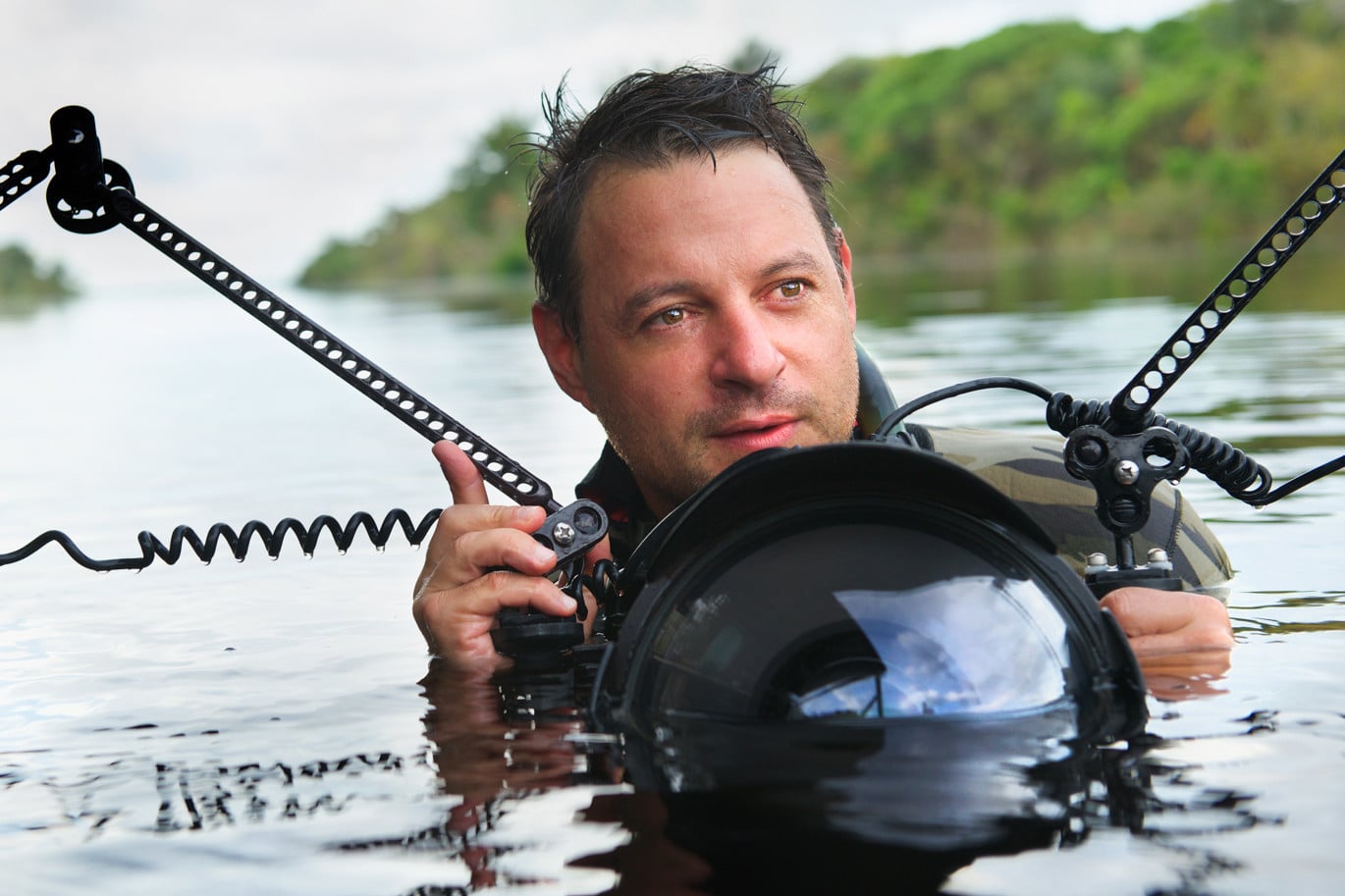Sarah Leen, the magazine’s director of photography, gave us the inside scoop.
If you’re a photographer who’s serious about documenting unique people and places, getting published in National Geographic is pretty much the Holy Grail of career goals. To find out what it takes to get featured, we called up the magazine’s director of photography Sarah Leen.
Leen has a long history with the magazine—her first published story was a result of a college internship there in 1979. As a photojournalist, she’s travelled extensively, documenting lifestyles and landscapes in diverse locations ranging from Russia to Uganda to northern Canada.
She receives countless pitches for travel and documentary stories every day. We asked her about what makes an interesting story, if journalism school is important and what makes a good pitch. She also told us which blogs she reads to source new talent.
Here are Leen’s tips for getting featured in National Geographic.
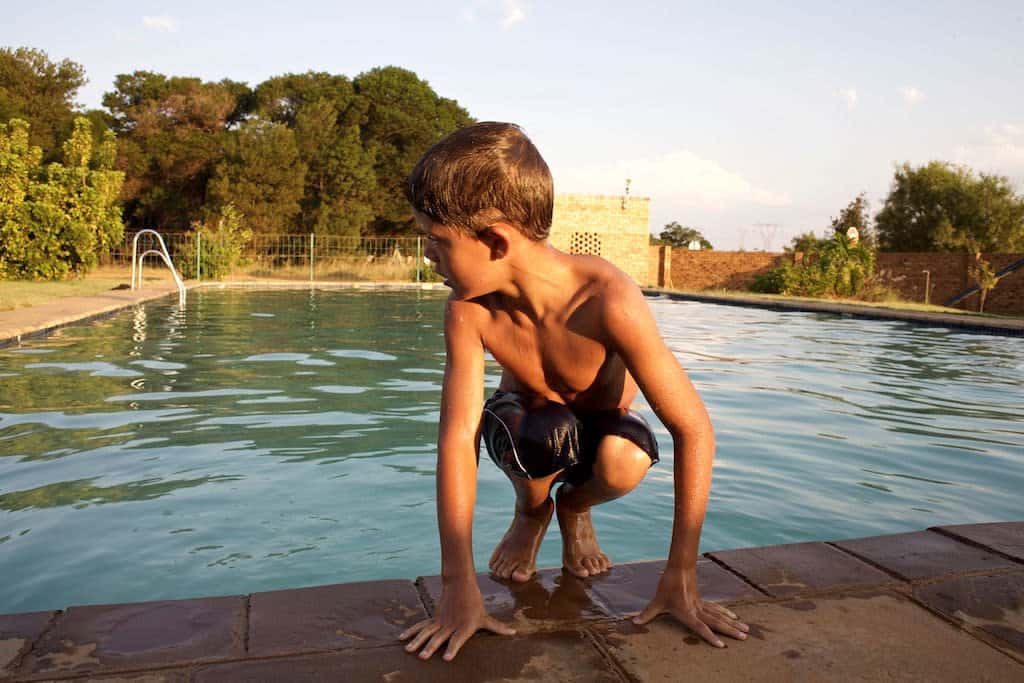
[Erica Canepa’s Kleinfontein for National Geographic]
1. Take a risk on a story idea.
“There are some times when I think, ‘That’s not going to work, or, ‘That’s not a good idea,’ and then I’m proven wrong because the photographer went out and they found a way to tell the story and made it really compelling.
“You have to keep an open mind about these things and not be too limiting. Sometimes photographers can come up with really interesting ways to tell a story and you’re going to be glad later on that you took that risk.”
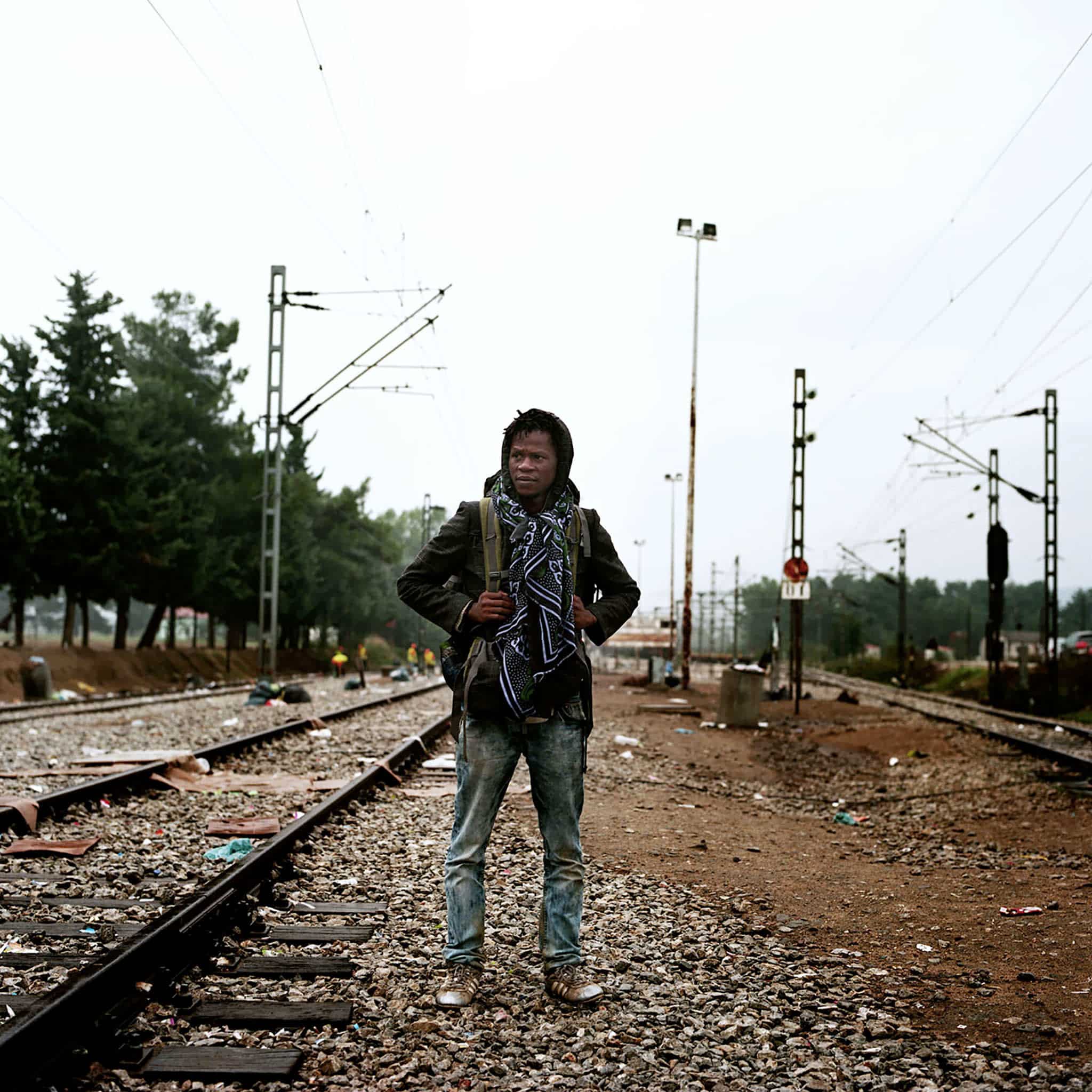
Loulou d’Aki’s Make a Wish for National Geographic
2. Where there’s smoke, there’s fire. Don’t be afraid to go back and work on a project you thought was finished.
“Often I find projects that are underway by photographers, and I think, ‘That’s really cool, but I’d like to see more on this or that portion of this story.’ We’ve started relationships with several photographers that way—they started on a project and then we sent them back and had them do more on it, and maybe we took a little different angle on something they’d already started.”
3. A formal education never hurts.
“For me, going to school was the way I got into this business. I went to journalism school at the University of Missouri, so that was my way in. When I learned how to be a journalist, and I learned how to write captions and be a reporter and also do photo-journalism. That was really important for me.
“If you don’t go that route and you end up being a great photographer, at a certain point you’re going to also need to learn to be a great journalist. You’re also going to need to understand what is a photographic narrative, and the value of getting accurate and complete caption information and reporting.
“There are people that have skipped that step. But I’ve worked with photographers for the first time and it’s astonishing how little they know sometimes about how to be a journalist.
“They know how to create great pictures, but they sometimes don’t have those skills, and you have to say, ‘Hey, you don’t just get to walk around, take pictures, and not get any information.’
“I think that getting some kind of an education as a journalist is very important if you want to work as a photo-journalist.”
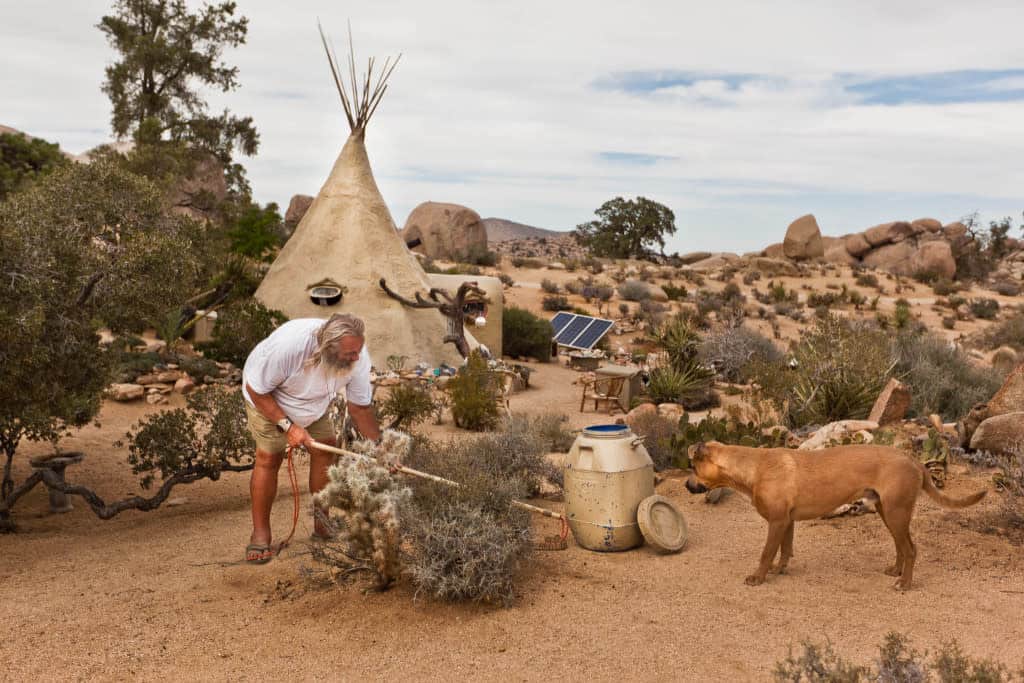
Rachel Bujalski’s Connected Off-The-Grid for National Geographic
4. Don’t pitch stories if you won’t be able to execute them.
“First of all, I’m not going to entertain any ideas or pitches from people that I don’t think could successfully work for us as a photographer. There’s no point if I think, ‘Well, your photographic work isn’t at a level that’s going to ever make it here.’
“I’ve got to feel confident that they can actually do the job—whatever it is that they’re pitching—and that their photography, their vision, their aesthetics are at a level that is going to be successful in any of our publications.”
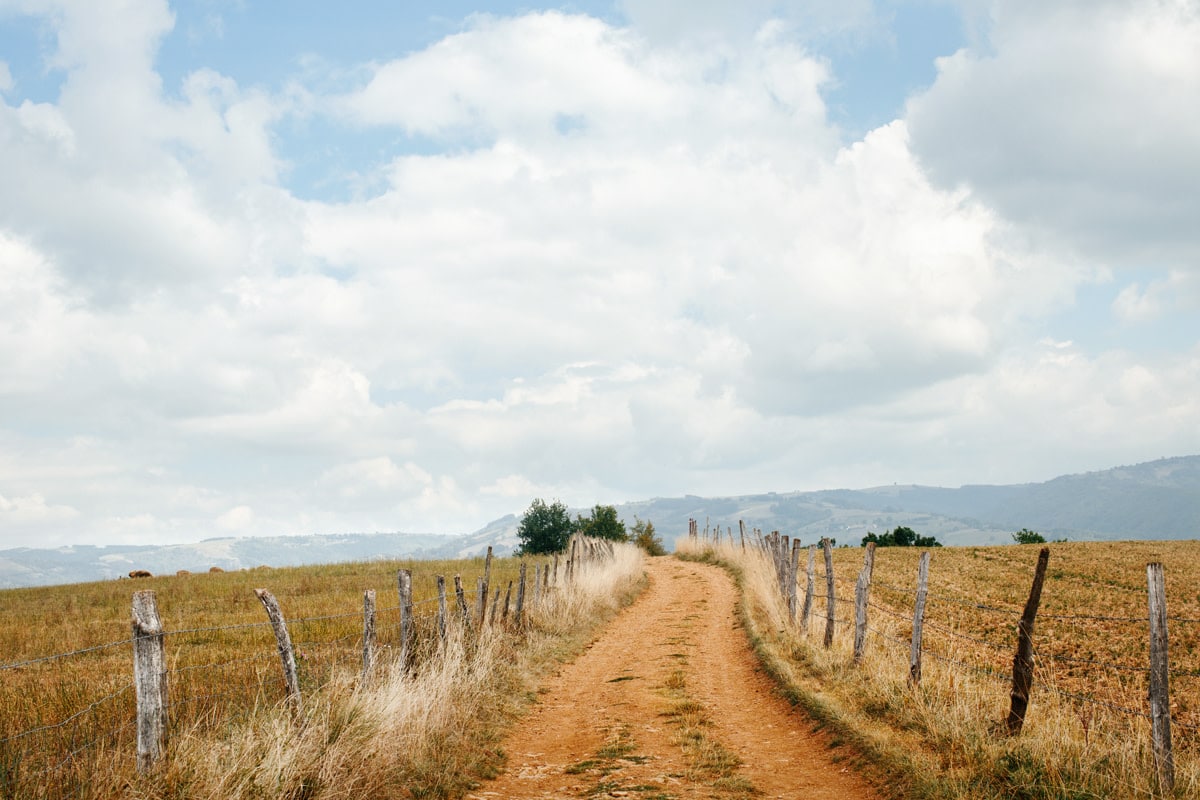
Michael George’s Walk This Way (Portrait of a Pilgrim) for National Geographic
5. Do your homework. Get familiar with the publication.
“If you were trying to pitch stories here—whether it’s National Geographic magazine or Traveler—it’s really, really smart to have looked at the magazines. Know the magazine that you are pitching, and if you have an idea maybe Google and find out: When was the last time we did that and what did it look like?
“If you’re pitching an idea and we ran it two months ago and you don’t know that, I’m already a little less interested in you because it makes me a little cranky because we just did that.”
“Why are you pitching the story when we just did that? Do the homework.
“Then you should consider, is this the kind of story that’s right for this publication? Is it in our wheelhouse in terms of the topics that we cover? Is it environmental? Is it climate change? Is it cultural?”
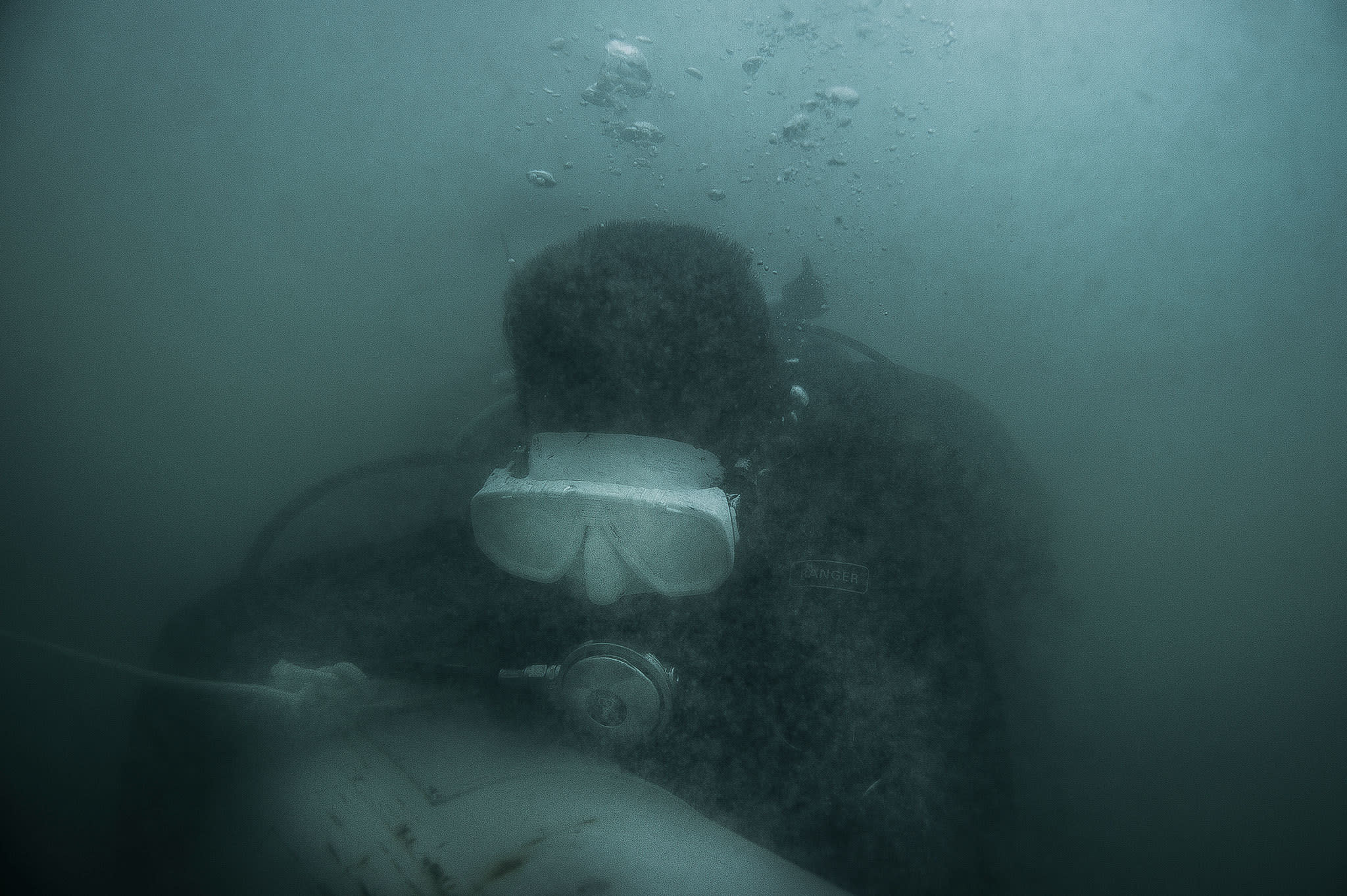
Charles Fox’s Dark Water for National Geographic
6. Be able to answer the question, “Why this, why now?”
“Why should we do this now? Can you answer that question? Why should we do this now and not three years from now? It’s not just a spot on the map, like, ‘Oh, this is this gorgeous place and we should do this gorgeous place.’ That’s just not going to fly with my editor. She’s going to want to know, why should we do this now?”
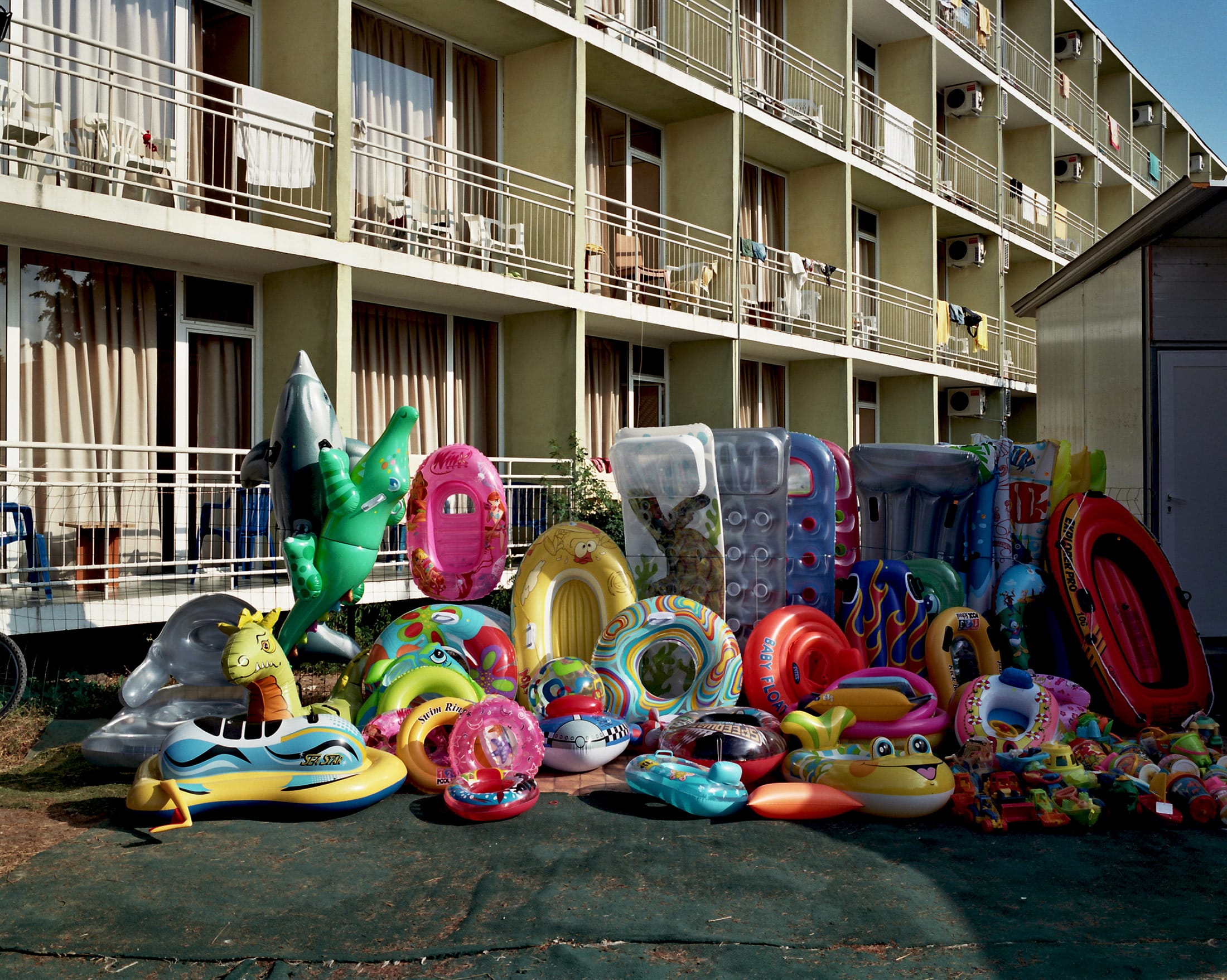
Mathias Depardon’s Postcards of The Black Sea for National Geographic
7. Build up your credentials. If you’re out there, they’ll find you.
“I go to lots of portfolio reviews. I attend various festivals. I’m definitely actively looking. I like to find people. I follow people on Instagram, I follow people on Facebook. I look at the NYT Lens Blog and I follow Booooooom. There’s a lot of ways to get your work out there nowadays.
“I send a lot of my staff to things like the Alexia Grants or Pictures of the Year International, World Press Photo Contest and other competitions. We’re always looking at the people who win those contests and see what they’re up to.
“I feel like with National Geographic, you don’t start here, you get here. This is not where you’re going to start as a photographer. The people who we work with, they’re fully formed professionals—for the most part. We do try to cultivate young people and sometimes find super-talented young people and try them out on something. That does happen, especially if they have a project that’s already been started and feels right for us.”
Header image of photographer Luciano Candisani via National Geographic
